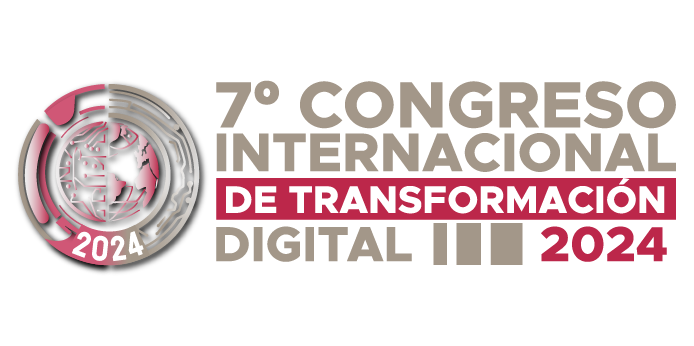Bridges to
Smart Growth
Opening its Golden Gate, the New Partners for Smart Growth Conference returns to California in 2018.
The city of San Francisco is 47 square miles of innovation – an incubator for new ways to solve old problems, a living laboratory for environmental and economic sustainability. As old as the Declaration of Independence, San Francisco is a blueprint for the future. It remains today the world’s leading breeding ground for game-changing ideas and amazing technologies that reimagine the way we live and communicate, and preserve the best aspects of our world. A pioneer in the recycling movement, it continues as a national leader in the full spectrum of local sustainability practices.
Connecting
Leaders
A significant factor in this event’s tremendous success is its appeal to leaders from so many different disciplines.
The conference will draw a national audience of local elected officials and city and county staff; state and federal agency leaders; professionals in planning, transportation, public health, landscape architecture, architecture, public works, parks and recreation, and crime prevention and the arts; realtors, developers, builders and bankers; advocates for equity and environmental justice, youth, older adults, and walking and biking; labor representatives; school leaders and staff; environmentalists; and all others committed to building safer, healthier and more livable communities everywhere.
The 2019
Conference
The nation’s largest smart growth and sustainability event places a strong emphasis on implementation tools, innovative strategies and new technologies that will help communities NOW!
The program will span three days with pre- and post-conference mobile workshops. The main program will kick off on Thursday afternoon, February 1, with a plenary starting at 1:30 PM, and continue through Saturday morning, February 3, closing at approximately 12:30 PM.
The 2018 conference program will feature eight focused thematic tracks that will provide participants an opportunity for a more dynamic, hands-on learning experience. Each track will be designed to create a peer cohort of practitioners that leave with a new tools, strategies, models and templates to integrate into their work.
Participants, as always, will be able to attend sessions across tracks. Additionally, coordinated keynotes and networking activities will be included throughout the program to ensure that participants are learning and networking with a broad, multi-disciplinary national audience.
The 2018 program will also include NEW, dynamic interactive session formats to maximize participant engagement because we recognize that our participants have experiences, observations, successes and challenges to contribute to the dialogue around smart growth implementation.
Conference
History
By bringing together so many different thinkers, practitioners, activists, community leaders and policymakers from an ever-evolving spectrum of disciplines, New Partners has guided a strong and diverse movement grounded in the values of sustainable communities for over a decade.
The origins of this conference can be traced to late 1995 when the U.S. Environmental Protection Agency first launched its Smart Growth Program. As part of this effort, the EPA sought to organize a national conference that would focus on environmentally sensitive growth and development.
In 2001, the LGC partnered with the Centers for Disease Control, the California Department of Transportation and Penn State University to produce a “first of its kind” national, multidisciplinary event titled “Redesigning Community: A Smart Growth Approach to Street and Neighborhood Design, Crime Prevention, and Public Health and Safety” in San Diego.
Over the past decade, the basic principles of smart growth have not changed, but the realization of their importance continues to grow as more civic leaders, professionals, and interest groups recognize smart growth as a solution to the challenges in their communities. Thanks to a trail blazed by determined and visionary pioneers, smart growth is now widely and rightfully understood as a necessary, if not sufficient, way of addressing many of the most difficult economic, environmental, and social challenges we face today in communities across the country.
